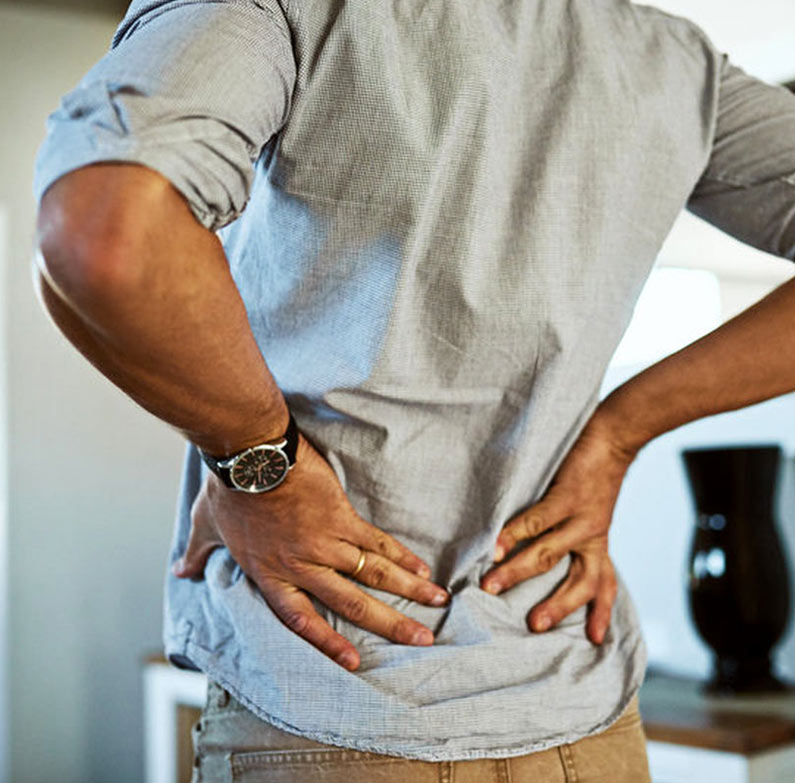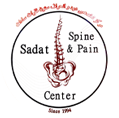
Lumbar disc
Lumbar disc

The structure of the lumbar spine
The spine consists of a column of vertebrae which enclose the spinal canal. The spinal cord lies protected within te spinal canal and extends approximately as far down as the 2nd lumbar vertebrae. Below this level, the spinal canal contains the nerve fibres which originate in the spinal cord. These nerve fibres leave the spinal canal through the intervertebral foramina.
The intervertebral disc of the cervical spine consist of annulus fibrosis(a fibrosis ring) which encircles the nucleus pulposus (a gelatinous springy substance). If the annulus ruptures, part of the intervertebral disc can be displaced into vertebral canal and/or into the intervertebral foramen, thereby compressing the near by nerve roots and spinal canal.
What are treatment options?
In degenerative diseases, it is possible to improve symptoms by bed rest, injections, infusion, medications or physical therapy. But if they don’t be achieve significant improvement, surgical treatment is indicated.
How is the operation performed?
1-Opening of vertebral canal (Laminectomy)
Unilateral or bilateral opening and widening the cervical vertebral canal by removing the vertebral arches and possibly also the spinous processes. In some cases, the operation only needs to be performed on one side (hemilaminectomy). Arthrodesis (fusing the vertebral bodies)is necessary only if the stability of the spine has been compromised due to the disorder or the surgical procedure itself.
2-Widening the intervertebral foramina(foraminotomy)
The vertebral canal is opened by economical removal of bone parts near the joints to widen the intervertebral foramen. The nerve root running through the intervertebral foramen and being compressed is released and relieve. Parts of prolapsed disc are removed, the rest of the intervertebral; disc remains in place.
3-Opreations to stabilize the spine (Arthrodesis)
This is necessary only if the stability of the spine has compromised due to the disorder, an injury or the surgical procedure. Fusion of the vertebrae Arthrodesis) is then performed to relieve the pain and restore the protective function of the spine. For arthrodesis, screws are placed in two or more vertebrae bodies. They are used to fixate a metal plate on both sides of the spine fusing two or more vertebral bodies together. Metal wires, metal cages or other synthetic materials can also be used in arthrodesis operation.
What are the chances of success?
Spinal cord stenosis’s symptoms must be occurred but if the operation does not successful the following options can be occurred:
1-neuropathy
2- Damaged disc
What are the chances of success?
Spinal cord stenosis’s symptoms must be occurred but if the operation does not successful the following options can be occurred:
1-neuropathy
2- Damaged disc
References
1- Spine from Theime
2-Spine from schattauer
